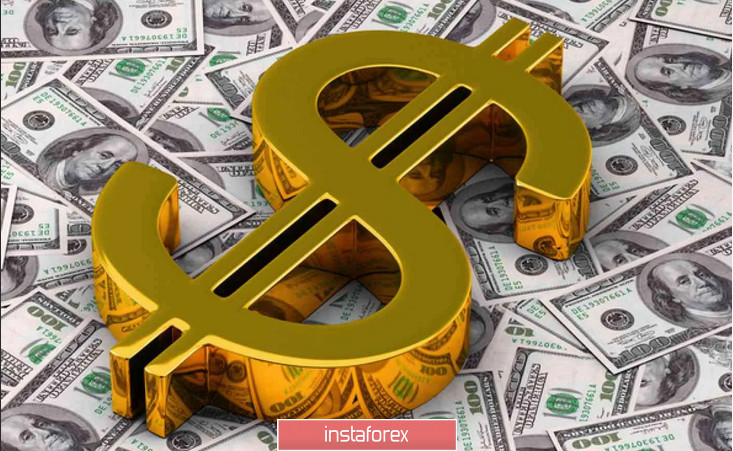
The report released on Thursday by the US Department of Labor revealed that more than 33 million Americans have filed initial jobless claims since quarantine. The number of standing claims, or the number of people receiving standing payments, currently stands at over 22 million, which far exceeds the crisis peak.
Nevertheless, despite the fact that the economy is now starting to rise state by state, economists expect unemployment to remain record high and cover a wider range of industries. Not all businesses that closed during the quarantine period will survive, and many large corporations are reducing the number of jobs.
The report released by the ADP on Wednesday showed that 20.2 million people lost their jobs last month. A more official report by the US Department of Labor will be published on Friday, where economists expect 22 million unemployment claims and an unemployment rate of 16%, the largest record in history.
"The outlook of the labor market remains daunting," said Nick Bunker, an economist at Indeed, "statistics show that one in five people lose their jobs," he added.
The record-breaking figures from the past seven weeks provide a clear picture that the US labor market is in distress and people are suffering.
"The increasing job losses, that first hit cutting-edge services like restaurants and retailers, has now covered all corners of our economy, from manufacturing to even the healthcare industry," said Andrew Stettner, senior staff member at The Century Foundation.
Meanwhile, on Thursday, the US dollar fell, as investors took profits from the rally this week ahead of Friday's US non-farm employment report for April, which could show huge job losses.
Nevertheless, there are benefits from the decline:
A weak dollar will help US exports, as goods will seem to be cheaper to foreigners. This will make the economic growth of the United States accelerate, which will make foreign investors attracted to US stocks.
However, if enough investors leave the dollar for other currencies, the US dollar may collapse.
A depreciation of the dollar could also mean a fall in the value of US Treasury bonds, which increases treasury yields and interest rates. Since profitability of treasury bills is the main driver of mortgage rates, this may mean that foreign central banks and sovereign funds hold less dollars. This reduces the demand for the currency.
A weaker dollar buys fewer foreign goods. Thus, the price of imports will increase, contributing to inflation. Moreover, as the dollar weakens, investors in the 10-year Treasury and other bonds sell their dollar assets.
Oil and other foreign contracts are denominated in dollars. A weaker dollar will lead to higher prices because exporting countries need to maintain their profit margins. The value of the dollar is one of the three factors that determine oil prices.
China also has a big impact on the US dollar. To keep the yuan weak, the Chinese central bank buys dollars to keep it strong. China is the second largest foreign investor in the US dollar.
In this regard, Donald Trump announced on Thursday that in a week or two, he will be able to report whether China is fulfilling its obligations under the trade agreement. Just recently, Washington approved punitive measures against Beijing, tying the guilt of the coronavirus to China.





















